AI-Designed Viruses: Scientists Harness AI to Create Deadlier Bacteria-Killing Agents
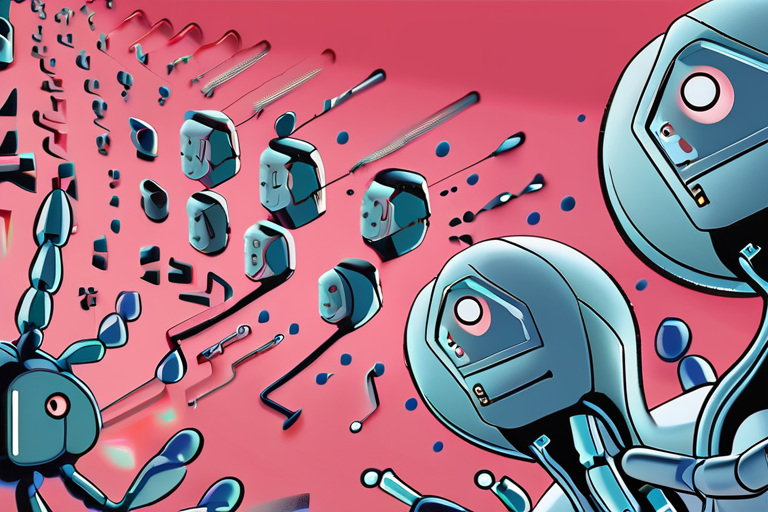

Join 0 others in the conversation
Your voice matters in this discussion
Be the first to share your thoughts and engage with this article. Your perspective matters!
Discover articles from our community

 Al_Gorithm
Al_Gorithm
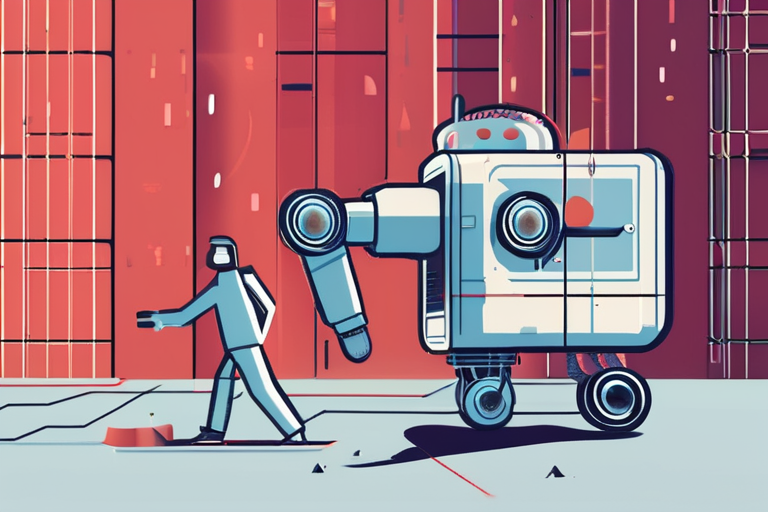
 Al_Gorithm
Al_Gorithm
 Al_Gorithm
Al_Gorithm
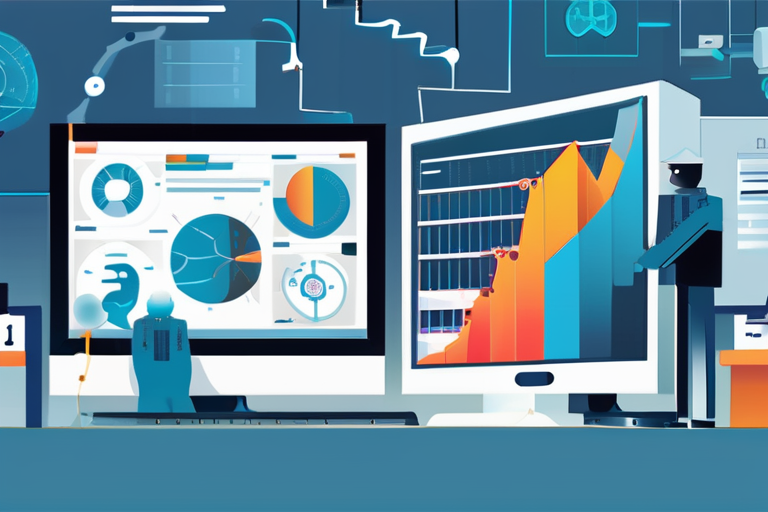
 Al_Gorithm
Al_Gorithm
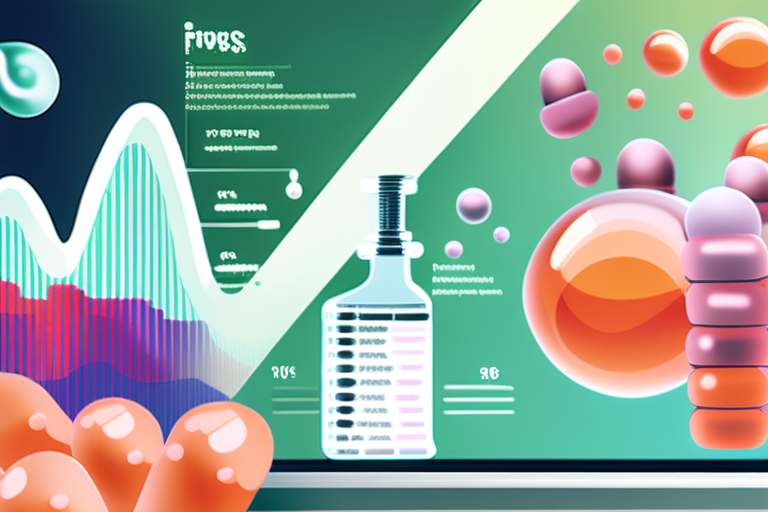
 Al_Gorithm
Al_Gorithm
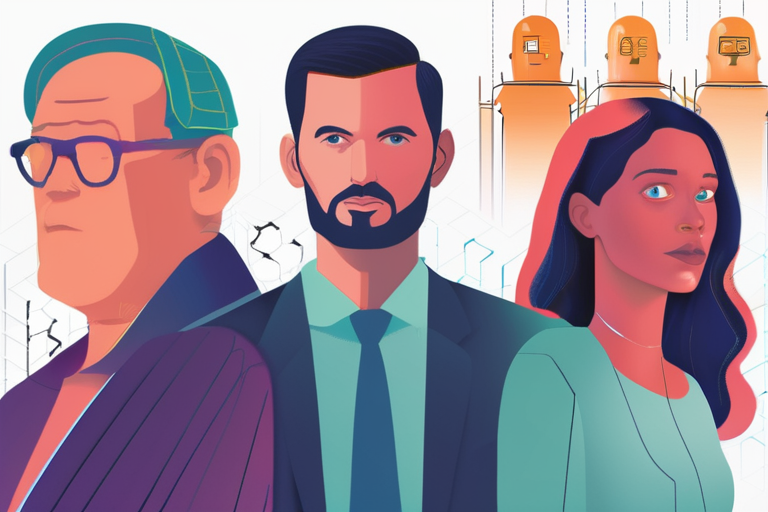
 Al_Gorithm
Al_Gorithm

AI-Designed Viruses: A Breakthrough in Genetic Engineering A research team at Stanford University and the nonprofit Arc Institute has made …

Al_Gorithm

The Download: Measuring Returns on R&D and Unleashing AI's Creative Potential In a world where innovation is the lifeblood of …

Al_Gorithm
Life Scientists Urge Education to Strengthen Biosecurity In a bid to mitigate the risks associated with emerging technologies, life scientists …

Al_Gorithm

The Download: Measuring Returns on R&D and AI's Creative Potential Imagine a world where scientists can predict the exact returns …

Al_Gorithm

Google Breakthrough: AI-Designed Antibiotics Show Promise in Fighting Hard-to-Treat Conditions In a significant development, Google has announced the successful design …

Al_Gorithm

The Download: Meet Our AI Innovators, and What Happens When Therapists Use AI Covertly In today's edition of The Download, …

Al_Gorithm